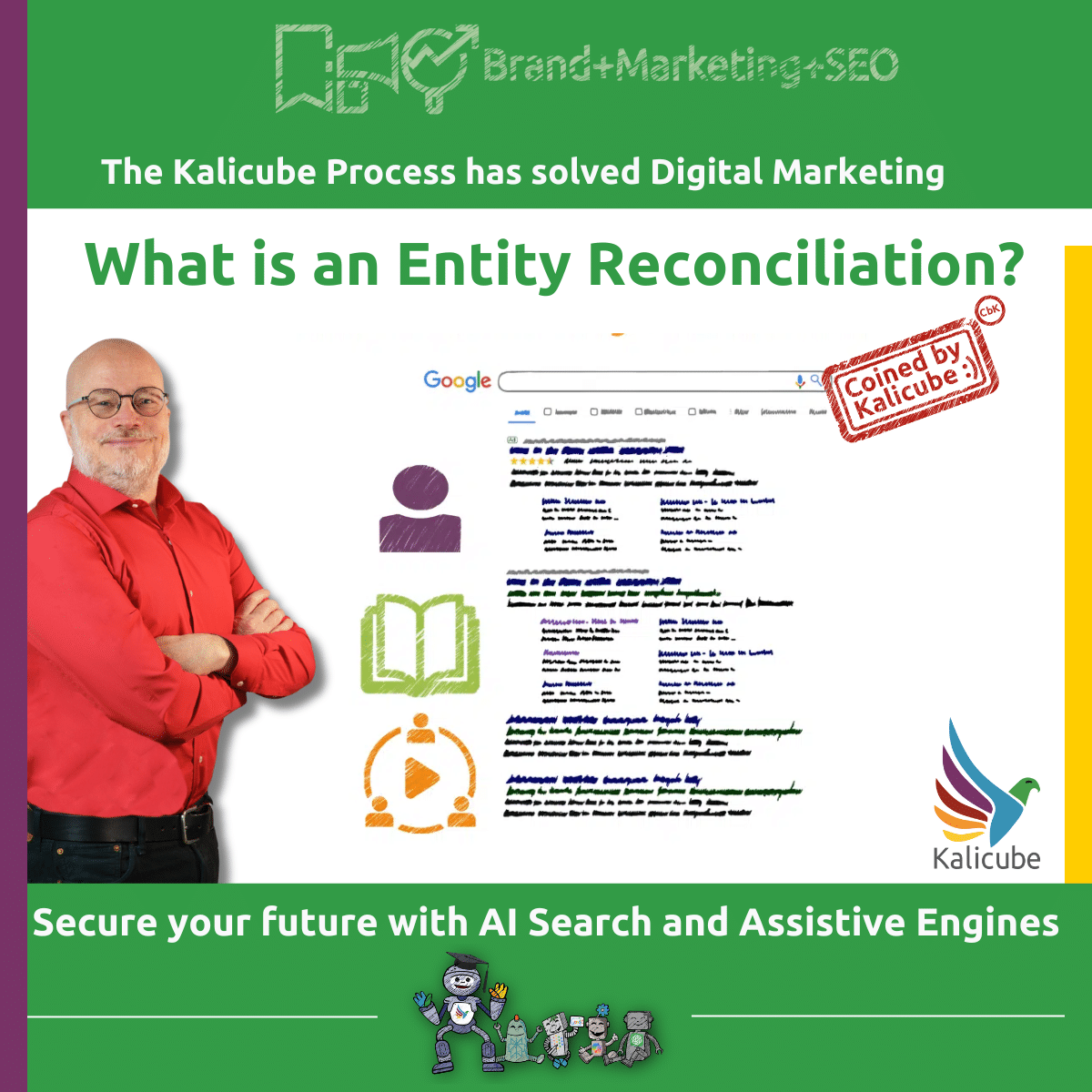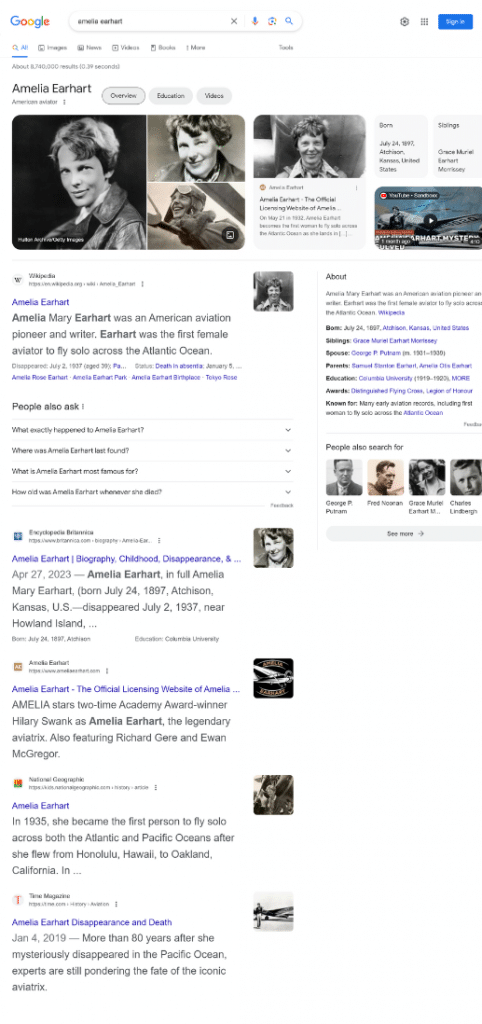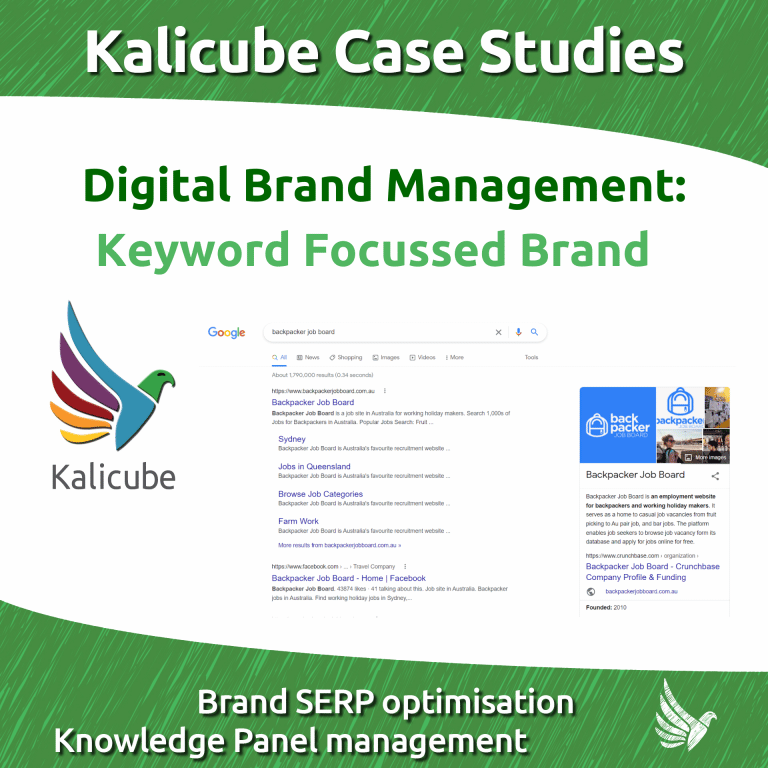Entity Reconciliation in SEO: What You Need To Know

In this article, you will learn how search engines like Google gather fragmented information about entities from various online sources and consolidate them into a cohesive whole, why it’s important for entities, and how businesses can contribute to the process.
What is an Entity Reconciliation?
Entity Reconciliation is a process used by search engines, especially Google, to collect and consolidate fragmented information about an entity from various sources on the Internet.
Search for information about a historical figure. For example, Amelia Earhart. Using entity reconciliation, the search engine will display her biography, her aviation achievements, and details about her mysterious disappearance.

Entity Reconciliation pulls all these fragments together into a rich tapestry of knowledge that allows you to dive deeper into Amelia’s life and legacy.
What is the Purpose of Entity Reconciliation?
Entity Reconciliation gathers fragmented information about entities from various sources on the internet and combines them into a coherent whole.
Using Entity Reconciliation, Google matches information from different sources and verifies its authenticity and consistency before displaying it in search results.
Why is Entity Reconciliation important?
Entity Reconciliation is crucial because it helps search engines provide users with comprehensive and accurate information about entities. Consolidating data from multiple sources improves the search experience, reduces confusion, and increases the efficiency of information retrieval.
By harmonising and reconciling this disparate information, search engines provide users with reliable, complete, and trustworthy information about entities.
How can businesses and individuals contribute to Entity Reconciliation?
Businesses and individuals can establish an Entity Home on their websites to help Google in the entity reconciliation process.
An Entity Home is a designated page on a website that clearly and accurately explains the identity and purpose of the entity. By providing a reliable and comprehensive source of information, Google can confidently reconcile information by cross-referencing it with other data found across the web.
Why is an Entity Home Important?
When Google recognizes a webpage as the Entity Home it is much easier to trigger and manage a Knowledge Panel. An Entity Home gives the algorithm a focal point for what John Mueller from Google calls ‘reconciliation’. Once Google trusts your Entity Home, it becomes MUCH easier to manage your Knowledge Panel and optimise your Brand SERP.
How does Google use Entity Reconciliation?
Google uses its Knowledge Graph for entity reconciliation. The Knowledge Graph is a database of information about entities. Google uses information from structured and semi-structured data on the internet to match and verify the data. It collects data from all over the web and ensures its authenticity and consistency. This verified information is then displayed in search results and the Knowledge Panel for the entity (if it has one).
Entity Reconciliation ensures users see credible and trustworthy information in the search results.
What are the benefits of Entity Reconciliation for entities?
The benefits of Entity Reconciliation are listed below.
- It increases the likelihood of Google awarding the entity with a Knowledge Panel.
- It Improves the accuracy and consistency of the entity’s information online.
- It enhances the credibility and trustworthiness of the search results.
- It helps Google understand the entity’s identity and purpose.
How can entities optimise their presence for Entity Reconciliation?
Entities can optimise their presence for Entity Reconciliation by doing the following things.
- Creating an Entity Home on their website with clear and accurate information.
- Ensuring consistent and updated entity details across different online platforms.
- Using structured data markup using schema.org to provide additional context and attributes.
- Engaging in reputable online sources and platforms to improve credibility and visibility.
What should entities do if they find incorrect information during Entity Reconciliation?
Use the resources provided by the search engine to request corrections if the search results are showing outdated or incorrect information about your entity.
Pitfalls and Drawbacks of Entity Reconciliation
Inconsistencies and Conflicting Information:
To ensure the Knowledge Graph is reliable and accurate, entities must resolve discrepancies so the facts about the entity are up to date. The challenge lies in the abundance of fragmented information on the Internet, which can hinder the creation of an accurate representation of entities and require careful navigation.
Timeliness and Freshness of Data:
The timeliness and freshness of data is another important aspect of entity reconciliation. Entities are constantly evolving and information is dynamically changing. Entities must give the search engines the latest data, across all aspects of the internet the entity can control. Failure to do so can result in outdated or inaccurate entity representations, affecting the accuracy and relevance of search results.
Lack of Standardization:
The lack of standardization in the representation of entity information on the Internet poses a significant challenge in entity reconciliation. Different sources use different formats and structures to present information. The introduction of standardized formats would greatly improve the matching process and ensure greater consistency and reliability of search results.
“Entity Reconciliation” and Brand SERP Optimization and Knowledge Panel Management
Entity Reconciliation plays a vital role in both Brand SERP optimization and Knowledge Panel management.
Entity Reconciliation shapes the way brands are presented in search results.
In Brand SERP optimization, Entity Reconciliation ensures accuracy and consistency by collecting and consolidating fragmented information from multiple sources. By matching this data, search engines can provide users with an up-to-date and reliable representation of the brand, improving its visibility and reputation. It contributes to effective online reputation management by verifying and presenting customer reviews, ratings and testimonials in a trustworthy manner.
In Knowledge Panel management, Entity Reconciliation plays a pivotal role in compiling a comprehensive and informative representation of a brand’s key attributes. By consolidating data from multiple sources, search engines validate and verify the information before populating the Knowledge Panel. This process ensures the accuracy and reliability of brand details, such as key facts, history, and notable achievements. Entity matching enables brands to provide an enhanced user experience by allowing users to access key information about the brand without lengthy searches, fostering a deeper understanding and closer connections with audiences.
With the power of Entity Reconciliation, brands can shine brightly, leaving an indelible mark on the dynamic landscape of search engine results.
Learn more about Knowledge Panels and Google’s Knowledge Graph
Here is an article on differentiating a Knowledge Graph and Knowledge Panel.
Check out this article where Jason Barnard (The Brand SERP Guy®) explains the Knowledge Graph and its importance in digital marketing.
Kalicube® specialises in Brand SERP optimisation and Knowledge Panel Management (triggering, maintaining and enhancing). Learn more about our done-with-you Knowledge Panel Services.





